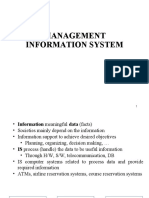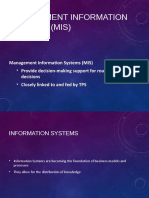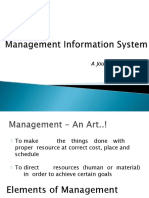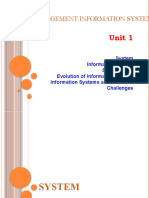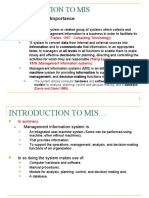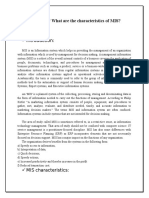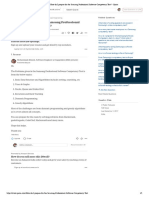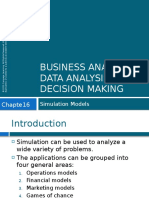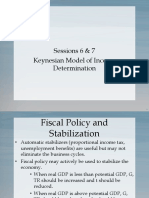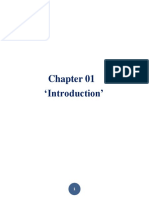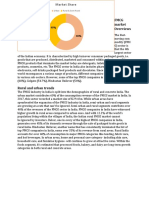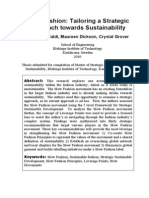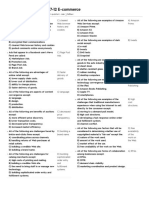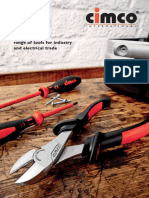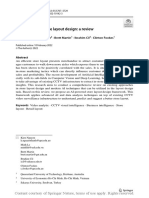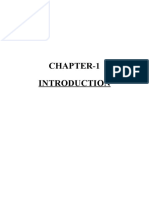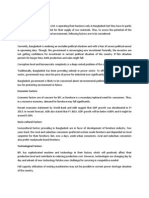0% found this document useful (0 votes)
123 views30 pagesSession 1-2: Dr. Manojit Chattopadhyay Associate Professor
Dr. Manojit Chattopadhyay's presentation covered key topics related to information systems and their role in business. It defined information systems and the difference between data and information. It also described the different types of information systems used at the operational, tactical, and strategic levels of an organization. Additionally, it discussed how information systems help businesses achieve operational excellence, develop new products and business models, gain customer and supplier intimacy, and improve decision making. Finally, the presentation emphasized the growing interdependence between organizations and information technology.
Uploaded by
ud1919Copyright
© © All Rights Reserved
We take content rights seriously. If you suspect this is your content, claim it here.
Available Formats
Download as PDF, TXT or read online on Scribd
0% found this document useful (0 votes)
123 views30 pagesSession 1-2: Dr. Manojit Chattopadhyay Associate Professor
Dr. Manojit Chattopadhyay's presentation covered key topics related to information systems and their role in business. It defined information systems and the difference between data and information. It also described the different types of information systems used at the operational, tactical, and strategic levels of an organization. Additionally, it discussed how information systems help businesses achieve operational excellence, develop new products and business models, gain customer and supplier intimacy, and improve decision making. Finally, the presentation emphasized the growing interdependence between organizations and information technology.
Uploaded by
ud1919Copyright
© © All Rights Reserved
We take content rights seriously. If you suspect this is your content, claim it here.
Available Formats
Download as PDF, TXT or read online on Scribd
/ 30

